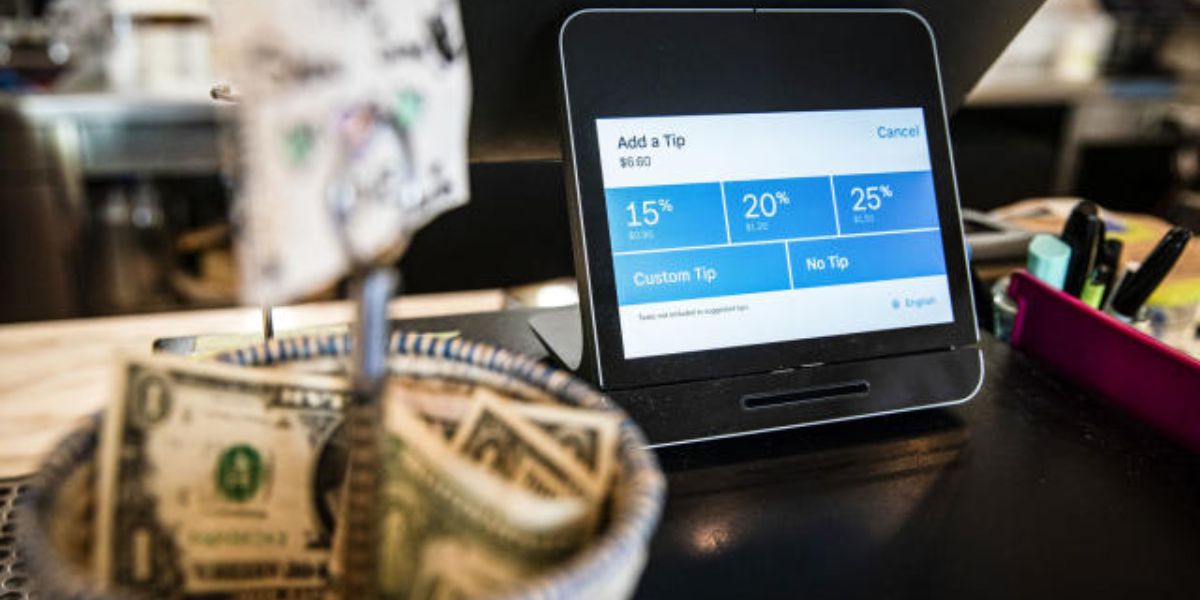Tipping Trends: Consumers Pulling Back on Tips For Servers, Drivers, and Stylists
DEBARYLIFE – In comparison to a few years ago, people are a little bit more frugal when it comes to Ubers and barber chairs.
A recent Bankrate poll found that the percentage of consumers who say they always tip their hair stylists, sit-down restaurant waiters, and food delivery workers has decreased by 8 percentage points since 2021. For drivers using ride-hailing services, this rate decreased by 7 percentage points within the same time frame.
As the economy recovered from the epidemic three years ago, front-line workers were concerned even though inflation was higher then than it is now.
Although just two-thirds of customers tip restaurant waiters now, three-quarters of customers said they did so back then. While there have been slight increases from the previous year, only 55% of individuals believe they are dependable tippers for food delivery drivers and hair stylists, and only 41% believe the same about ride-ordering services.
Based on sticker prices rising, the survey shows that Americans are becoming more comfortable eschewing the pervasive tipping suggestions found in post-Covid environments, from coffee shops to airport terminals.
Consumer spending has been fairly stable, but a lot of people are having to tighten their budgets due to ongoing inflation. Timing, location, and tipping amounts may be influenced in part by this newfound caution.
According to Ted Rossman, senior industry analyst at Bankrate, “Inflation followed the pandemic, and that has seriously cut into consumers’ buying power.”
Prices are rising more slowly for some workers than for others these days. Due to their reduced financial resources and less appreciation for those employed in the service industry, many Americans, according to Rossman, “are tipping less.”

The waitstaff is not always worse off when there is a decline in restaurant tips.
With several large cities, like New York and Chicago, requiring a full minimum wage for tip earners, at least 25 states have increased or plan to boost their minimum wages this year.
SEE MORE – New Study Pinpoints Major Cause of Inflammatory Bowel Disease, What Are The Symptoms
Big-box fast-food employees in California are now required to work for $20 per hour as of April 1. Moreover, part-time and service-sector jobs—including those where tips are customary—have seen some of the fastest hiring and income gains in recent years.
Our likelihood of carrying out our tipping purpose decreases with the degree of psychological remoteness.
DUKE UNIVERSITY’S COMMON CENTS LAB’s Hans Frech La Rosa
However, the weariness of “stipulation” from customers is affecting many restaurant employees.
An online survey conducted by SpotOn, a company that creates digital payment systems for restaurants and retail stores, found that about equal numbers of respondents indicated their tips had remained the same since last year while those who observed a fall reported seeing a 36% and 35% drop, respectively.
Just 29% of respondents said their gratuity went up. Hans Frech La Rosa, senior behavioral researcher at Duke University’s Common Cents Lab, suggested that predetermined tip levels can turn off certain customers. Some might believe that using a mobile device for payments is more impersonal and hence simpler to cut corners.
We are less likely to carry out our purpose of tipping if we have a greater psychological distance from the individual or firm, he added, or if there is less of a shame factor.
The results of Bankrate also coincide with a more general shift in the leisure spending patterns of consumers, with reductions in certain areas and increases in others – frequently along preexisting socioeconomic barriers.











